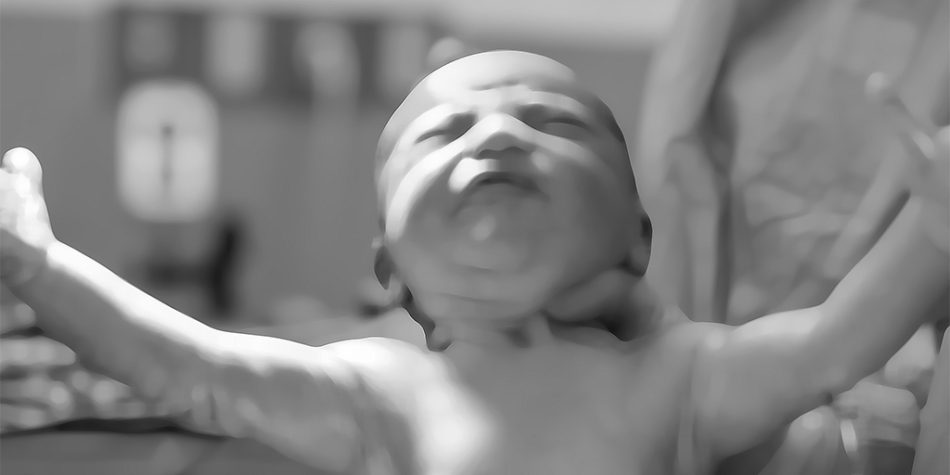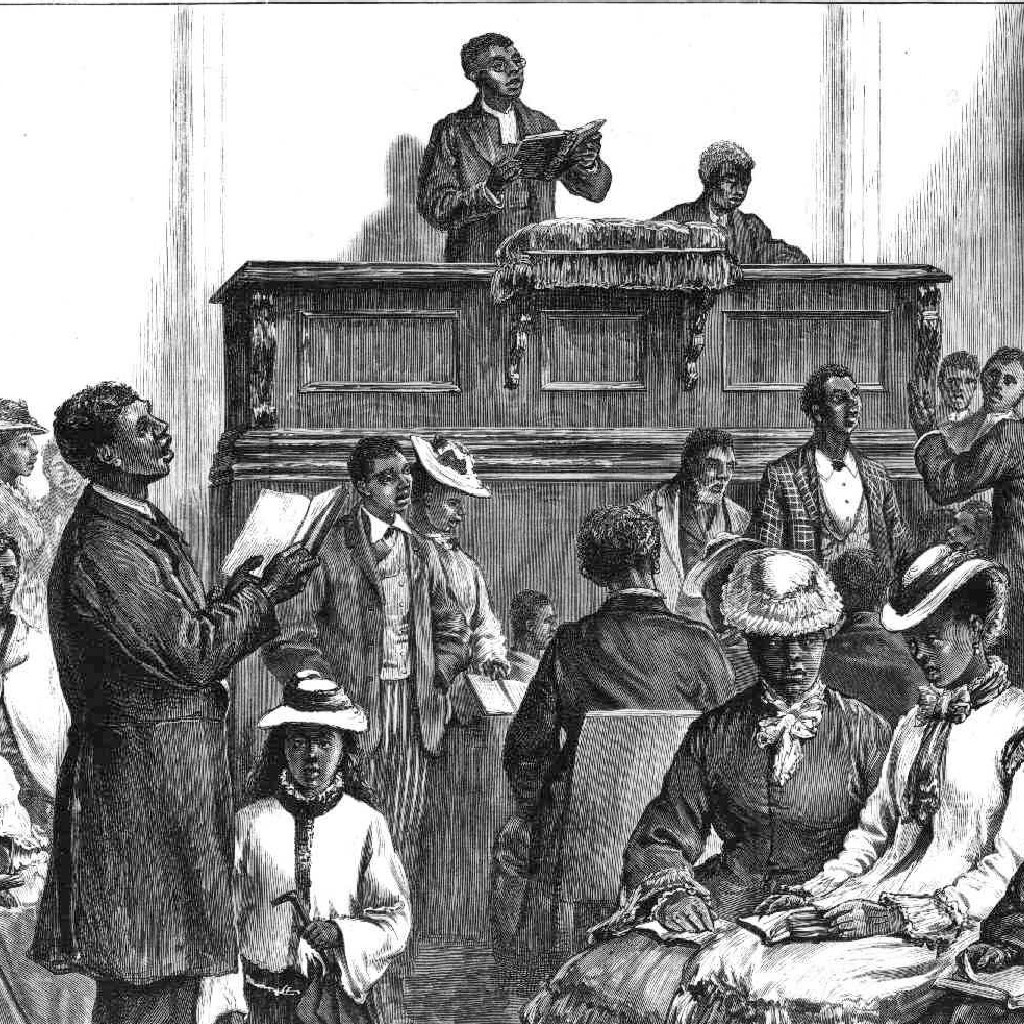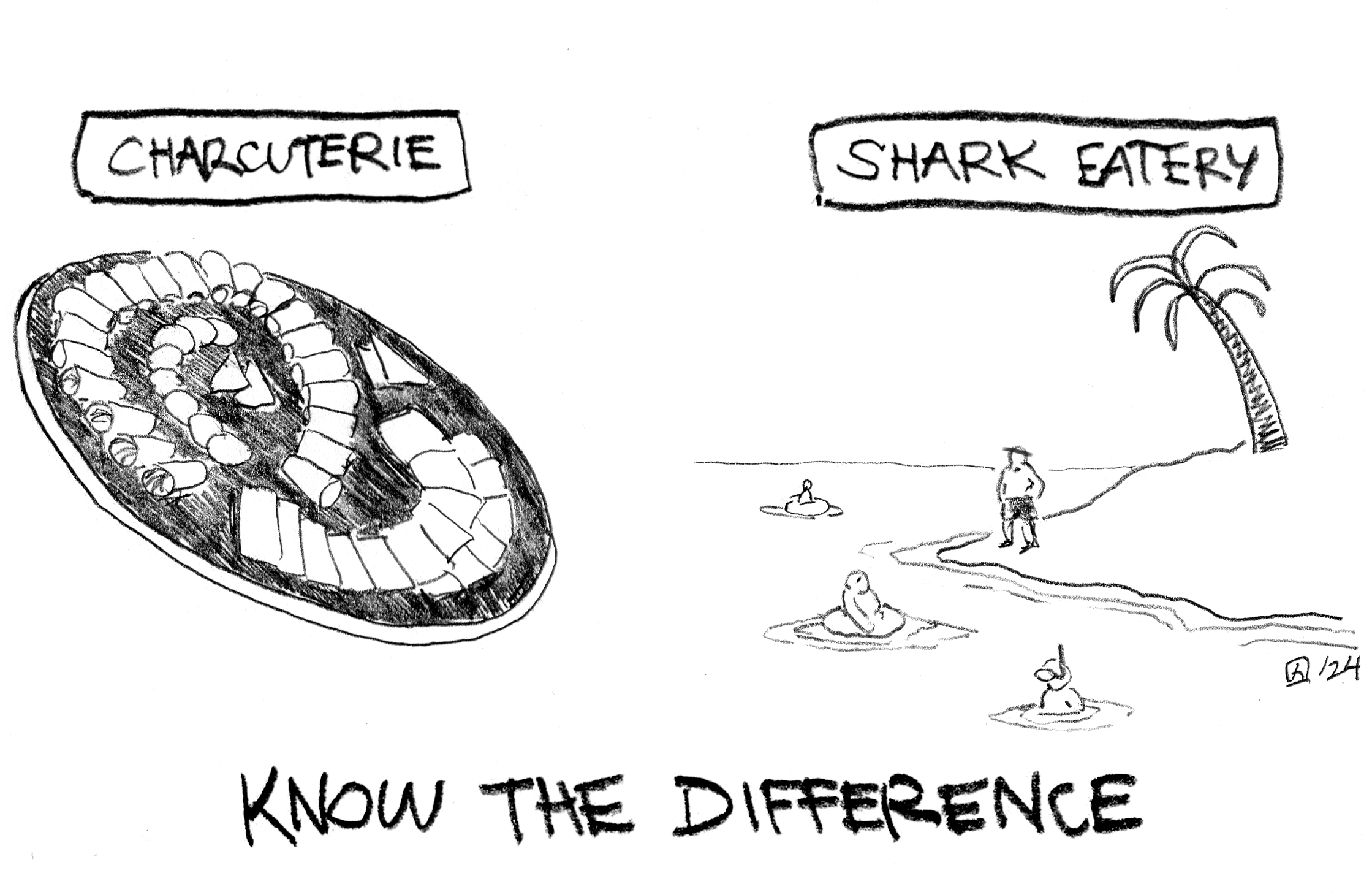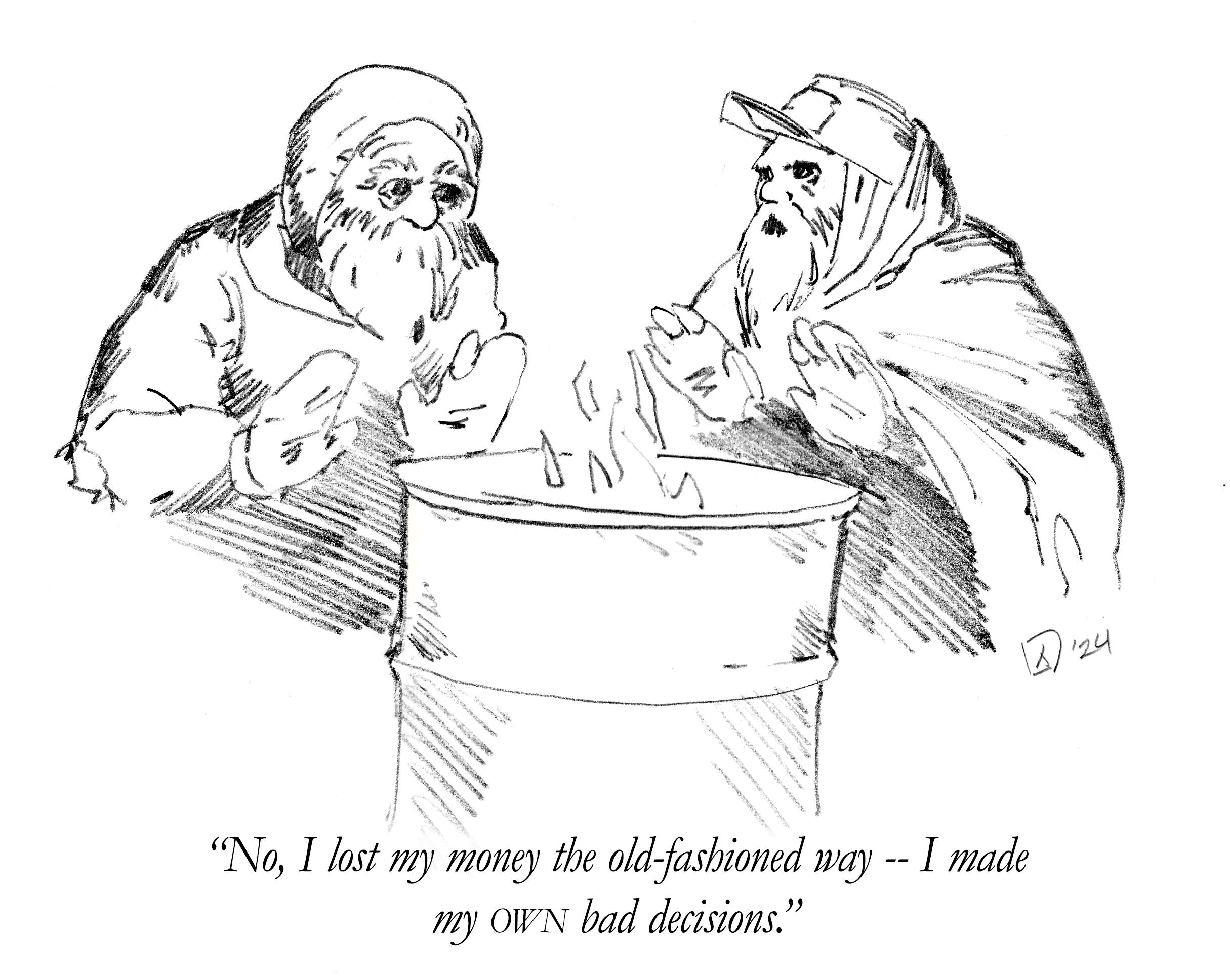The intellect disconnected from the heart is just an organ for winning arguments. And few arguments of our day are as disconnected from both the heart and the facts as those disputes involving “reproductive rights.” Most partisans of the pro-life and pro-choice positions are immovable in their entrenchment. I am pro-life. I taught in a private liberal arts college for three decades, where, as is typical in higher education, political views are as diverse as in the North Korean parliament. In numerous conversations with colleagues over the years, I was consistently dismayed by the general lack of thoughtful rationales for their embrace of the pro-choice position. Frequently, I found they were uninformed, unreflective, but occasionally—very occasionally—they were surprisingly open to reconsideration upon a more honest evaluation of the facts and premises behind their positions. In the hope that some of my fellow pro-choice Saints and other readers may similarly be open to a deeper engagement with this issue, I offer the following information and discussion.
What is the legal status of abortion in the United States today?
Contrary to one of the most widely held myths in America, abortion is effectively permitted at any stage in a woman’s pregnancy for virtually any reason.
That assertion generally meets with flat out disbelief, but the facts are plain. Roe v. Wade instituted a trimester system, allowing restrictions on 2nd and 3rd-trimester abortions in cases mandated by the mother’s “health.” However, Doe v. Bolton, a related ruling, rendered that system effectively null and void, by defining “health” to include emotional and psychological health, as well as familial situation and mother’s age. Hence, America is one of very few countries in the world that permit abortion through the 9th month of pregnancy. (North Korea and China are among the others). Many states have imposed various restrictions, but the Supreme Court is the ultimate arbiter, and consistently invalidates most such attempts. As the pro-choice Guttmacher Institute notes, “When challenged, courts have struck down laws with a blanket ban on abortion at a specific week or trimester, as well as those with extremely narrow health exceptions.” That is why the situation today is not substantially different than it was a decade after Roe v. Wade, when the Senate Judiciary Committee concluded, “no significant legal barriers of any kind whatsoever exist today in the United States for a mother to obtain an abortion for any reason during any stage of her pregnancy.” Most telling in this regard is the fact that New York just passed the Reproductive Health Act explicitly affirming abortion rights after 24 weeks with no restrictions except the carte blanche “health of the mother” wording.
Thousands of second and third-trimester abortions are performed annually.
Pro-choice advocates insist late-term abortions are “rare.” That is an astonishing defense. Current numbers are between 10,000 and 15,000 late-term abortions performed per year. That makes the total rare only by comparison with the one million annual abortions typically performed over recent decades. It is doubtful that advocates of abortion rights would consider those numbers “rare” or negligible if they pertained to other instances of horrific human suffering.
Aren’t those late-term abortions medically mandated, as defenders insist? According to one report in the United States, contrary to prevailing myth, “most late-term abortions are elective, done on healthy women with healthy fetuses, and for the same reasons given by women experiencing first-trimester abortions.” The author goes on to cite a more recent Guttmacher study focused on abortion after 20 weeks of gestation that “similarly concluded that women seeking late-term abortions were not doing so for reasons of fetal anomaly or life endangerment.”
Does the aborted infant experience pain?
The womb is not a magical barrier against pain and trauma
The desperate quality of arguments against fetal pain is typified by this rationale on the website of the Guttmacher Institute (a pro-abortion advocacy institute): “Without a psychological understanding of pain … a fetus cannot experience pain.” That logic doesn’t merit rebuttal. Extensive medical research disputes these myths. One example: “It is becoming increasingly clear that experiences of pain will be ‘remembered’ by the developing nervous system, perhaps for the entire life of the individual.” Or another: “Although we do not know exactly when the fetus can experience pain, noxious stimulation during fetal life causes a stress response, which could have both short- and long-term adverse effects on the developing central nervous system” (in Mark Rosen’s chapter “Anesthesia for Fetal Surgery and other Intrauterine Procedures”). Or another: “Cutaneous sensory receptors appear in the perioral area of the human fetus in the 7th week of gestation; they spread to the rest of the face, the palms of the hands, and the soles of the feet by the 11th week, to the trunk and proximal parts of the arms and legs by the 15th week, and to all cutaneous and mucous surfaces by the 20th week.” Or another: “Fetal stress in response to painful stimuli is shown by increased cortisol and β-endorphin concentrations, and vigorous movements and breathing efforts.” Etcetera.
But is the child-in-utero a “person”?
The only differences between the pre- and the post-natal individual are ones of degree
Some abortion-rights advocates try to differentiate between “human beings” and “persons” by inventing differentiators, as does Elizabeth Harman, who requires “consciousness” as an attribute, or my religion professor colleague who argued that only insertion in a web of human relationships qualifies one for “personhood.” The problem with all such moral inventions is not only that they are arbitrary categories of ad hoc design, but that they provide no qualitative threshold—any more than the Roe v. Wade tragic litmus test of “viability” does (which is so obviously an index of our technology, not of the child’s humanity).
Other abortion advocates concede the distraction and futility of such gestures and admit that nothing other than the killing of a real person is at stake. Thus the pro-choice feminist writer Naomi Wolf acknowledges that “Clinging to rhetoric about abortion in which there is no life and no death, we entangle our beliefs in a series of self-delusions, fibs, and evasions…. [We] need to contextualize the fight to defend abortion rights within a moral framework that admits that the death of a fetus is a real death.” Feminist icon Camille Paglia says more bluntly, “I have always frankly admitted that abortion is murder, the extermination of the powerless by the powerful. Liberals, for the most part, have shrunk from facing the ethical consequences of their embrace of abortion, which results in the annihilation of concrete individuals and not just clumps of insensate tissue.” Cecilia Konchar Farr, a BYU professor whose firing was so controversial, stated publicly that “whether or not the embryo is a life” was a “secondary question.” Quoting Catherine MacKinnon she asked, “why should not women make life or death decisions?”
Doesn’t Latter-day Saint doctrine affirm the sacred gift of individual agency, i.e., “choice”?
Agency pertains to one’s own body, not another’s.
No serious argument has ever been maintained that pregnancy does not involve two discrete organisms. Mother and child have separate nervous systems, organs, and DNA. They can even be of different races or ethnicities. Surrogate motherhood has served to highlight the potentially radical disconnectedness of mother and child in every way except temporary biological dependence.
Can’t I be personally pro-life but politically pro-choice
It is the fruit of a more universal commitment to protect the most vulnerable and voiceless
If abortion is wrong, it is wrong because it involves the intentional destruction of another human being. This is really the heart of the matter. You must ask yourself, why are you personally opposed to abortion? I am not personally opposed to abortion because of religious commitment or precept, because of some abstract principle of “the sanctity of life.” I am personally opposed because my heart and mind, my basic core humanity revolts at the thought of a living sensate human being undergoing vivisection in the womb, being vacuum evacuated, subjected to a salt bath, or, in the “late-term” procedure, having its skull pierced and brain vacuumed out. (I have spared the reader the clinical descriptions of those procedures, although I think those who support abortion rights while willfully avoiding direct confrontation with the specifics of what they countenance are in an indefensible position). According to the Mayo Clinic, an infant in the womb has a beating heart by 5-6 weeks of pregnancy. The first electrical brain activity also appears at this point. Well over two-thirds of abortions are performed at that stage or later. And as we saw above, at a very early, undefined moment in the child’s development, a nervous system responds to the horror of such inflicted suffering. There is no more ethical or logical sense in being “personally opposed, but pro-choice” than in being personally opposed to sex trafficking, slavery, or child abuse, “but” pro-choice regarding the adult’s prerogatives in those cases. Abortion is not like heavy drinking or pornography or blaspheming, where one deplores the action but accords another the right to act immorally. Abortion is of that class of wrongs that entails the willful infliction of pain or killing on another human being.
Ultimately, the pro-life position is not a commitment predicated on sectarian values or God’s precepts. It is the fruit of a more universal commitment to protect the most vulnerable and voiceless. It is a commitment to the most fundamental obligation we have as part of the human family: to defend the defenseless.
Don’t you trust the mother to make the right decision?
Abortion has nothing to do with trust and everything to do with life.
Pete Buttigieg has scored rhetorical points for his appealing mantra, “The dialogue has gotten so caught up in where you draw the line. I trust women to draw the line.” His approach is powerful because it seemingly empowers women while completely begging the question: Is this a line any human being has the right to draw when another human life is at stake? The issue has nothing at all to do with trust, and everything to do with the rights of the developing child. As social critic Caitlin Flanagan has remarked with irresistible truth: “The argument for abortion, if made honestly, requires many words…. The argument against it doesn’t take even a single word. The argument against it is a picture.”
Doesn’t even the Church of Jesus Christ allow some abortions?
The Church does countenance the possibility of exceptions to its pro-life position
The Latter-day Saint position, in addition to the principle of respect for the sanctity of life, puts agency front and center in the issue. Ironically, as leaders have argued, a genuine regard for agency entails the recognition that true freedom means the freedom to experience the consequences of one’s choices.
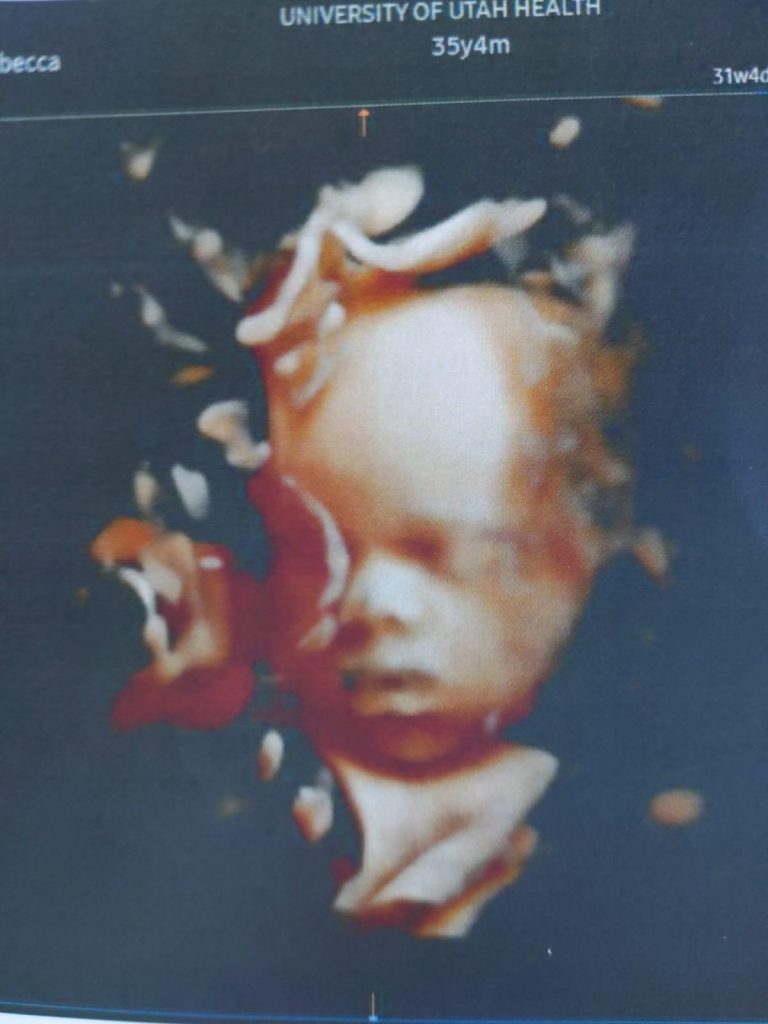
In fact, early Latter-day Saint understanding of the War in Heaven saw the assault on agency in just those terms: a ploy to absolve humans of the fruits of our own choices, thus obviating most human suffering. (Hence its appeal to one-third of heaven’s hosts). Genuine respect for “choice” means we accept responsibility for the natural consequences of choices willfully made. Rape and incest do not represent a conception that was in any sense of the word chosen, and responsibility for that conception is not therefore the mother’s. Here (as in threat to the mother’s life), we do find a genuine conflict between a woman’s sovereignty over her body and another body’s life. That is why the Church accords such women the possibility, though not automatic dispensation, for abortion. As the church handbook states, “Even these exceptions do not automatically justify abortion. Abortion … should be considered only after the persons responsible have consulted with their bishops and received divine confirmation through prayer.”
Further Considerations
Some objections may arise at this point. First, is the state really the most effective instrument for curbing the terrific toll on human life? Does legislation make a real difference? A few simple facts dispel the mythology that Roe v. Wade did not increase abortions, only made them “safe and legal”: Barnard Nathanson was the co-founder of what became the National Abortion Rights Action League (NARAL), the nation’s premiere pro-abortion rights organization, instrumental in the passage of Roe v. Wade. In regard to the purported thousands of illegal abortions and frequent deaths of the mother occurring before 1973, Nathanson later said: “We fed the public a line of deceit, dishonesty, a fabrication of statistics and figures. We succeeded because the time was right and the news media cooperated. We sensationalized the effects of illegal abortions. We unashamedly lied, and yet our statements were quoted [by the media] as though they had been written in law.” In actual fact, “In 1972, the year before Roe, there were only 39 deaths from illegal abortions, and in 1973, there were still 25 deaths from legal abortions.” Equally striking is the fact, as Nathanson reports, that “the annual number of abortions has increased by 1,500 percent since legalization.”
If one’s right to life is adjudicated based on our perceptions of its future quality, we are half-way to a dystopian nightmare.
Second, we hear the related concern: don’t we need to change hearts and minds through non-coercive means short of legislation? This is a canard similar to the “you can’t legislate morality” mantra. As if laws are instituted for any other purpose! Until we attain to a society in which goodness and compassion prevail universally and spontaneously, legal strictures exist to preserve the rights of those who are vulnerable to actions that are not constrained by conscience.
Another complaint often takes this form: Would not genuine respect for the principle of human life demand more support for women and children in crisis? Of course, it does. That is why those most devoted to the cause, as so many of the people I know, put their time and resources and politics behind their compassion; they work in crisis centers, support or themselves provide adoption services, and agitate for more government support of women and children in crisis. Whatever hypocrisies may exist on the part of individuals or parties does not diminish the rights of an individual to life, however disadvantaged it may turn out to be. If one’s right to life is adjudicated based on our perceptions of its future quality, we are half-way to a dystopian nightmare.
Similarly, I have heard abortion advocates insist that my position on life would preclude support of the death penalty, which most conservatives endorse. Is this not a contradiction? Indeed, it is. The vast majority of pro-life individuals I have known, like myself and contrary to popular myths, are opposed to capital punishment for that reason (and others). The real contradiction lies on the other side of the issue. Persons who devote their resources and energies to preserving the lives of convicted serial killers are perfectly silent in the face of a holocaust of millions, whose innocence was never in dispute.
I have not even touched on the gravest of misrepresentations regarding the interests of women in these debates. Pro-abortion rights advocates take it as a given that they are working in the interests of the woman and that opponents advocate for the child in utero, against the woman. But that is to ignore the enormous spiritual, emotional, and health costs of abortion that the practice imposes on the woman. Abortion is not an unmitigated benefit to those who undergo the procedure. True advocates of women’s interests would be attuned to facts such as these: The 2008 report of the American Psychological Association’s Task Force on Mental Health and Abortion concluded that “it is clear that some women do experience sadness, grief, and feelings of loss following termination of a pregnancy, and some experience clinically significant disorders, including depression and anxiety.” Two years after their abortions, a number of women in the study “had all the symptoms for abortion-specific post-traumatic stress disorder (PTSD).” Compared to initial reactions, the participants in the study “had significantly rising rates of depression and negative reactions and lowering rates of positive reactions, relief, and decision satisfaction.” More dramatic was a study by the British Psychiatric Association that found “Women who had undergone an abortion experienced … increased risk of mental health problems… attributable to abortion.” Critics site contrary findings, but credible longitudinal studies of post-abortion repercussions are rare because of the high attrition rate of participants (itself suggestive of the trauma of the abortion). Bottom line: the British study “offers the largest quantitative estimate of mental health risks associated with abortion available in the world literature” and while “calling into question the conclusions from traditional reviews, the results revealed a moderate to highly increased risk of mental health problems [including suicide] after abortion.”
I do not see reproductive rights and female autonomy as simple black and white issues. Hard cases exist; unwanted children are a tragedy; many women understandably demand the opportunity to enjoy sexual activity as unmoored from personal accountability as men have always enjoyed. Finally, electing “pro-life” presidents and legislatures has proved no panacea to the tragedy I have described. At a minimum, Saints should deplore the current amoral regime in which even the most minimal appeals to humanity have been obliterated in the name of “reproductive freedom.” One of America’s most prominent public edifices, the World Trade Center, was illuminated in 2019 in vibrant pink—in an obscene celebration of New Yorkers’ legislatively mandated, express right to destroy the life of a child even after the age of viability (24 weeks). Is it really sufficient, in the face of such sacrilege we have made acceptable, to say, “I am personally opposed, but…?”

